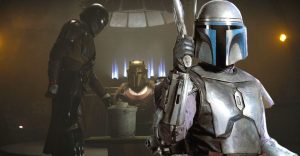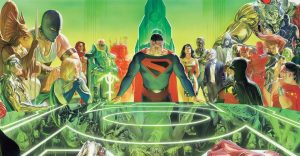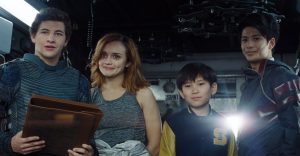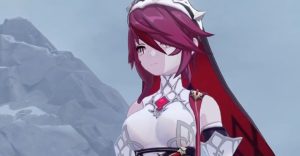How Mom And Dad Subverts Evil Child Horror Tropes
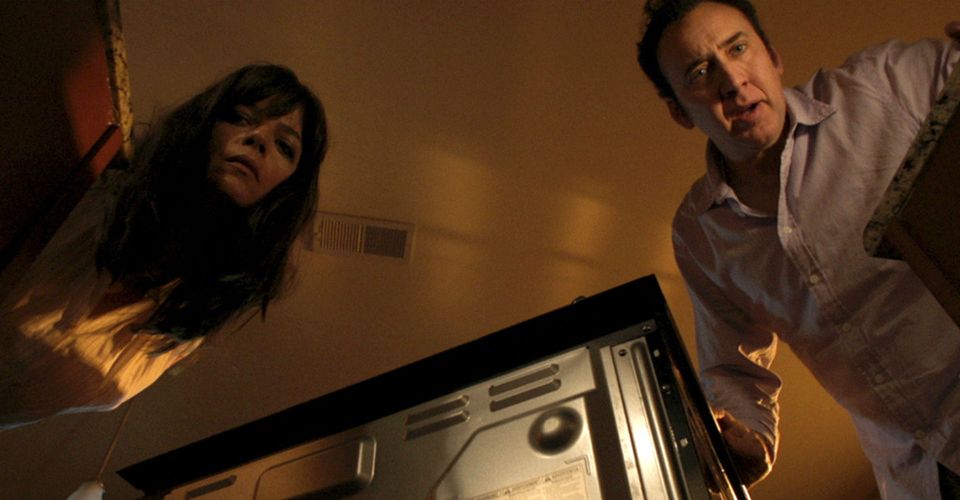
The horror comedy Mom and Dad twists the usual trope of creepy children to create a satirical commentary about the strained relationships between parents and their kids. Instead of having parental figures deal with their evil offspring, the film places the adults in the role of the killer and has the youths on the run. In this way, Mom and Dad inverts the typical fear of “evil children,” an anxiety spurred on by a host of horror movies, and in its place reflects the uneasy distrust that younger people may have of authority figures.
The “creepy child” trope is arguably one of the most overused elements in the history of horror cinema. The Academy Award-nominated film The Bad Seed, first released in 1956, was where the idea first originated on the silver screen. Patty McCormack’s chilling performance as the murderous, sociopathic Rhoda Penmark showed how unsettling it was for parents to lose control over those they had pledged to protect and support. Interestingly enough, McCormack returned to horror to play a psychopathically deadly mother in the 1995 film Mommy, a role that bears similarities to the killer parents in Mom and Dad.
The Bad Seed inspired countless imitations once the film’s cultural impact proved the underlying anxieties within parenthood. Village of the Damned (1960) introduced a whole clan of superpowered kids, while the famous episode of The Twilight Zone “It’s a Good Life” exposed adults to the horrifying scenario of being slaves to their kid. The Omen (1976) is probably the most famous example of this trope, while The Shining (1980) manages to employ both creepy child imagery and a murderous parent in the same movie.
Mom and Dad Broke Horror’s Rules On Evil Children

The two types of familial threats are two sides of the same coin. Whereas the “evil child” trope reflects the fear of losing parental control over those that are naturally supposed to be nurtured, the killer parents in Mom and Dad (and, likewise, in movies like Mommy and The Shining) represent a perversion of the nurturer role. The film establishes a strained relationship between the parents and their children, but instead of portraying the children as overly rebellious, the narrative places the parents in the role of the antagonists.
The result is a jet black satire about the overbearing protectiveness of parental authority, as well as how stressful family relationships can be. Creepy kids are creepy because they serve as reminders of fleeting authority, but killer parents are scary because they represent a corrupt profusion of authority. When an unspecified radio and television transmission compels mothers and fathers all over to violently murder their children, there is an apocalyptic loss of security in the idea that no child is safe from the wrath of their supposed guardians.
The camera lingers on the parental figures in Mom and Dad the same way creepy children in horror movies blankly stare into space, striking at the underlying knowledge that kids are not fully emotionally developed and are capable of committing evil acts. However, Mom and Dad also subverts this concept, letting Nicolas Cage and Selma Blair unleash unbridled rage. Instead of operating with a lack of emotions, the titular mom and dad are passionately committed to murdering their children. It’s a clever satire on not just horror tropes, but fraught family dynamics.
About The Author












